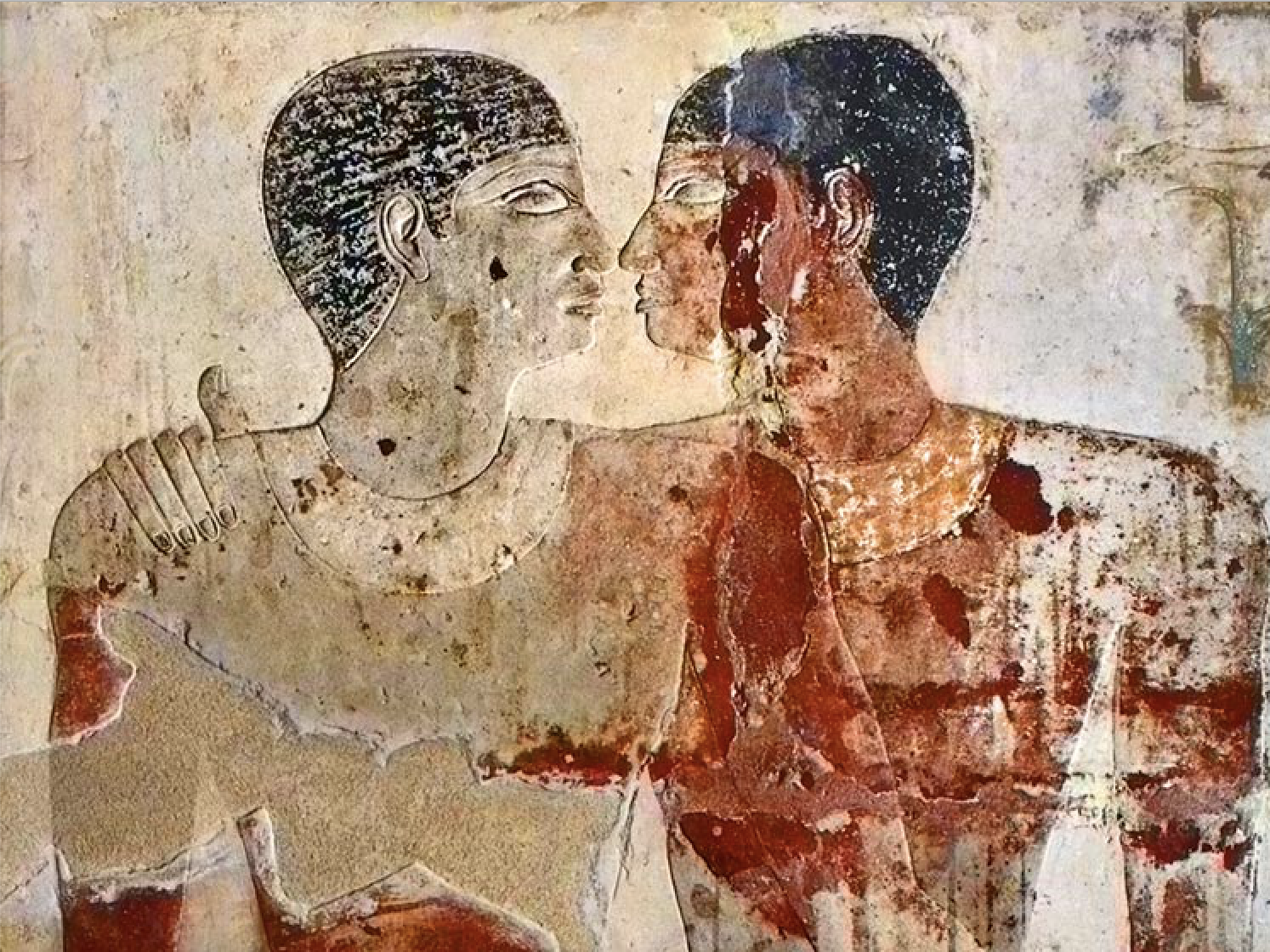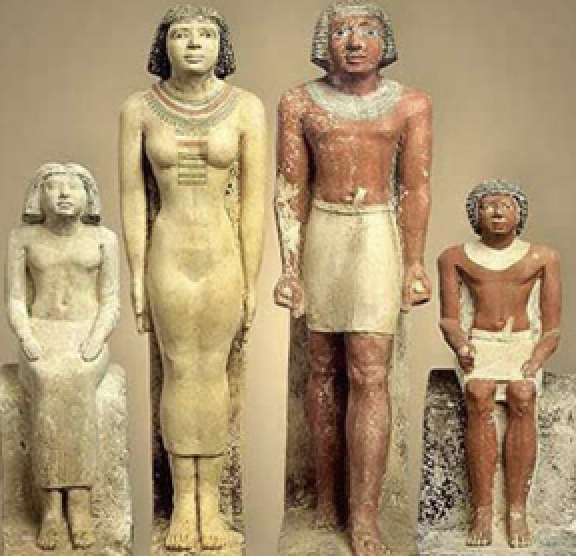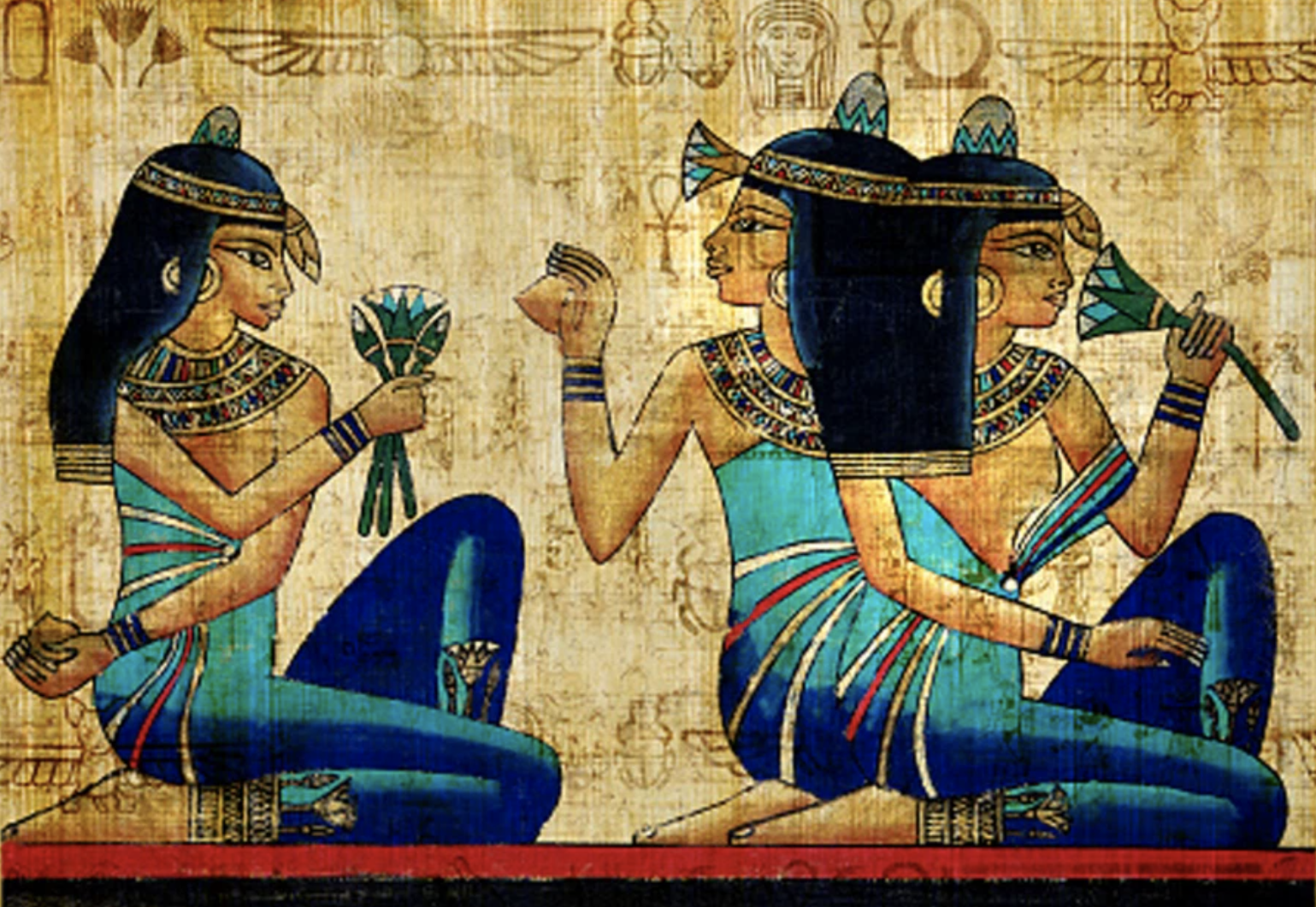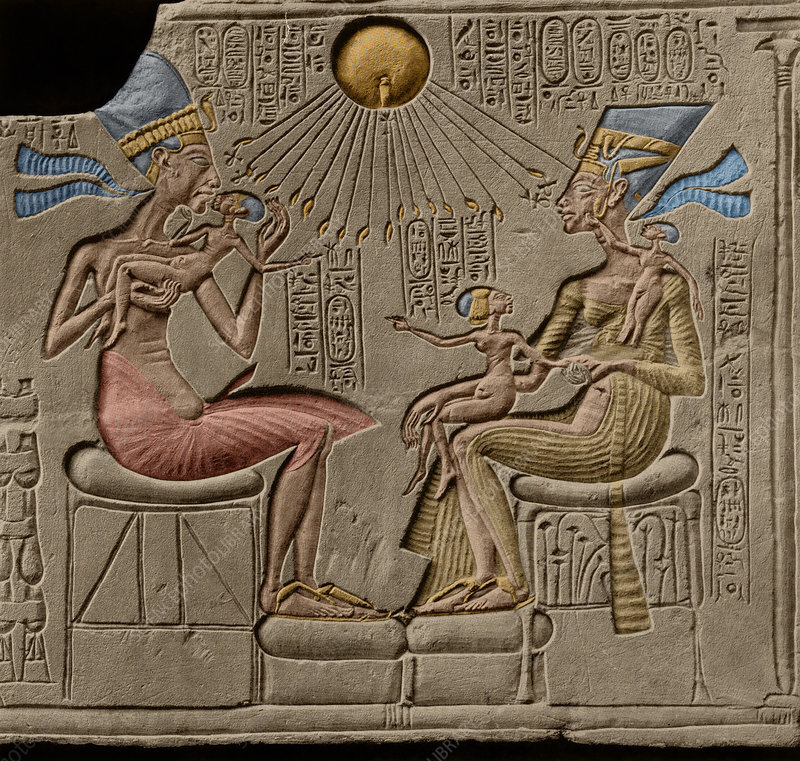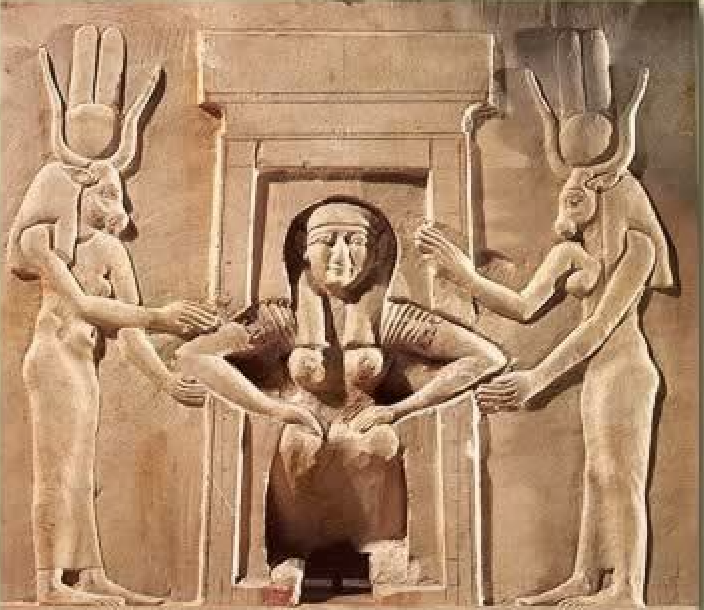How did Ancient Egyptians view love, sex and marriage? What were their views on homosexuality? Did women have equal rights? And what was childbirth like?
Ancient Egyptians were a lot less prudish when it came to sex than we are today.
All it takes is a trip to one of the many impressive temples that have stood the test of time for thousands of years to establish a lifelong admiration for the Ancient Egyptians. The Pyramids at Giza are but one testament to their ingenuity.
And the more I learn about their society, the more impressed I am. When it comes to sexuality, equal rights and divorce, for instance, the Ancient Egyptians were surprisingly enlightened. Sure, there was their predilction for incest — but aside from that, they had some pretty forward-thinking ideas, especially for the time.
“The rights of a divorced woman were far ahead of their time.
A divorcée controlled her own possessions and was entitled to a percentage of the assets acquired by the couple. ”
Premarital sex and children born out of wedlock were legal and carried no stigma.
How did Ancient Egyptians view sex?
They most likely didn’t have the same puritanical prudishness about sex that lingers in the West to this day.
“It seems clear, from references in the poetry and other sources, that there was no moral prohibition against physical love between young unmarried persons, nor was there any stigma attached to children born out of wedlock,” writes Barbara Mertz in Red Land, Black Land: Daily Life in Ancient Egypt.
A statue depicting a lesbian couple from Ancient Egypt
These men are shown in a pose usually reserved for married couples.
What about homosexuality?
The signs point to Ancient Egyptians being OK with the gays. One case in point: There’s a Fifth Dynasty tomb at Saqqara that was jointly used for two men in the manner of a husband and wife. Though both were married with children, the men are depicted in a nose-to-nose embrace in one wall carving — a pose typically used for spouses.
“Were these men lovers?” Mertz asks. “Your guess is as good as mine, though I think the evidence points in that direction.”
Marriages focused on cohabitation; a couple became husband and wife once they crossed the threshold of the house they would share.
What were Ancient Egyptian marriages like?
Well, it certainly wasn’t a major industry like it is for us. In fact, marriages might not even have been officially celebrated.
“We know very little about the ceremony of marriage, but most authorities agree that it was unimpressive, if indeed it existed,” Mertz writes. “Evidently, a man simply built a house and invited a woman to share it; when she moved in, the couple was considered to be married.”
This looks like a happy family — but if the woman wanted to get divorced, it was quite easy.
Could you get divorced?
No problem. In fact, a lack of compatibility was enough to end a marriage. By the Late Period, there were divorce documents that read, “If I repudiate you, if I take a dislike to you and want someone else…”
And the rights of a divorced woman were far ahead of their time. A divorcée controlled her own possessions and was entitled to a percentage of the assets acquired by the couple. Women could also pass on their property to whomever they wanted — rights that married women in England and America didn’t even obtain until the 19th century, Mertz points out.
Women had a surprising amount of rights — especially for an ancient civilization. They could hold property, get fair divorce settlements and hold even the highest office, that of pharoah.
How were women treated?
There was some equality among the sexes, with evidence of women holding even the highest positions, with the best example being Hatshepset, the woman who became king, or pharoah, and ruled over all of Egypt.
“We know of female treasurers and officials, and even a vizier — the highest position under the king,” Mertz writes. “One woman held the fascinating title of ‘Overseer of Doctors.’ Were these women doctors? Was she a practicing physician? Nobody knows for sure. The rarity of such titles indicated that they were exceptions to the general rule of male domination of the professions and crafts.”
Akhenaten and Nefertiti are famous for being a loving family, depicted holding their daughters — a slice of daily life that just wasn’t done at the time.
And one of the queen’s titles translates to something like, She for Whom Anything She Says Is Done. Sounds pretty powerful to me.
What about the harems?
Ancient Egyptian harems weren’t like the ones in the Muslim world. Mertz argues that a better translation is “women’s quarters.” The words that meant wife and concubine were occasionally interchangeable — which gives us a clue that these were women of status.
“Some houses didn’t have separate areas for women; some did; but the dwellers therein were free to come and go as they liked,” Mertz writes.
The royal family in particular practiced incest, emulating the gods, including the brother and sister pairing of Osiris and Isis.
Is it true that Ancient Egyptians practiced incest?
Well…yes. Certainly in the royal family.
Ancient Egyptians didn’t have the same taboos we do (and, as smart as they were about architecture and so many other things, they obviously didn’t realize the dangers of depleting the gene pool by having kids with close relatives).
Plus, they were emulating their gods. Just as in Ancient Greece and Rome, the deities of the Egyptian pantheon had some brother and sister pairings — most notably, Osiris and Isis.
Is it a mere coincidence that the word “senet,” at some periods in Ancient Egypt, meant both sister and wife?
Egyptian women squatted during childbirth and were supported on either side (though not usually by cow-headed deities).
How did Ancient Egyptians give birth?
To see how Ancient Egyptian women delivered babies, the best evidence we have lies in their word for childbirth: The hieroglyph shows a woman squatting (or kneeling) with the arms and head of a baby emerging from between her legs. Hey, why not let gravity do its part?
A hieroglyph for childbirth reveals how Ancient Egyptians would have given birth.
The pregnant woman would have been supported on either side by females of the household, with a midwife helping with the delivery.
How did they celebrate birthdays?
They probably didn’t. “One event that was never recorded was the year of an individual’s birth — and I mean any individual, king, commoner or prince,” Mertz writes.
From views on homosexuality to the rights of women, Ancient Egypt turns out to be a particularly progressive civilization. –Wally
LEARN MORE: Daily Life in Ancient Egypt
Diseases, houses, food: What was it really like to be an Ancient Egyptian?




